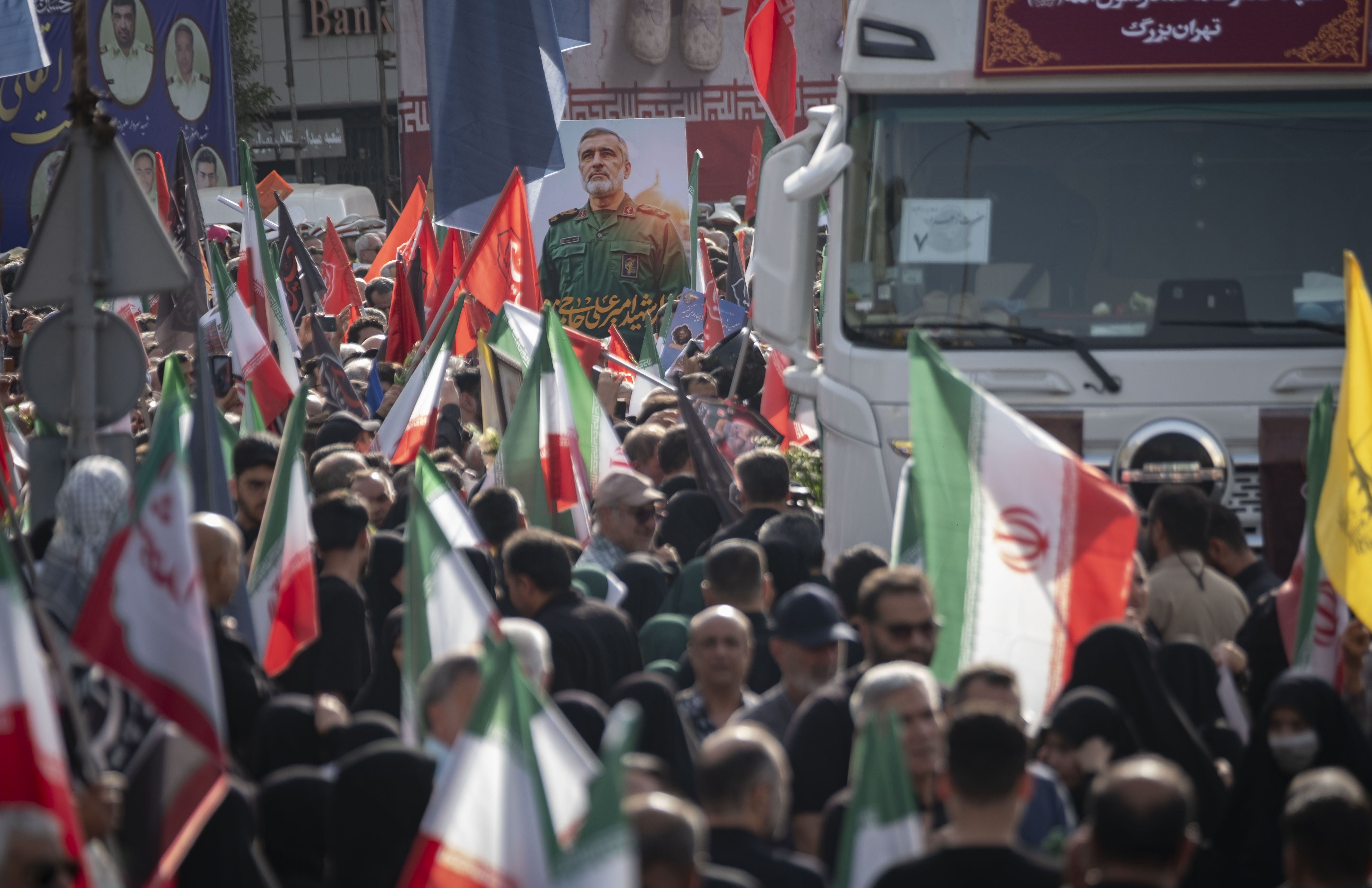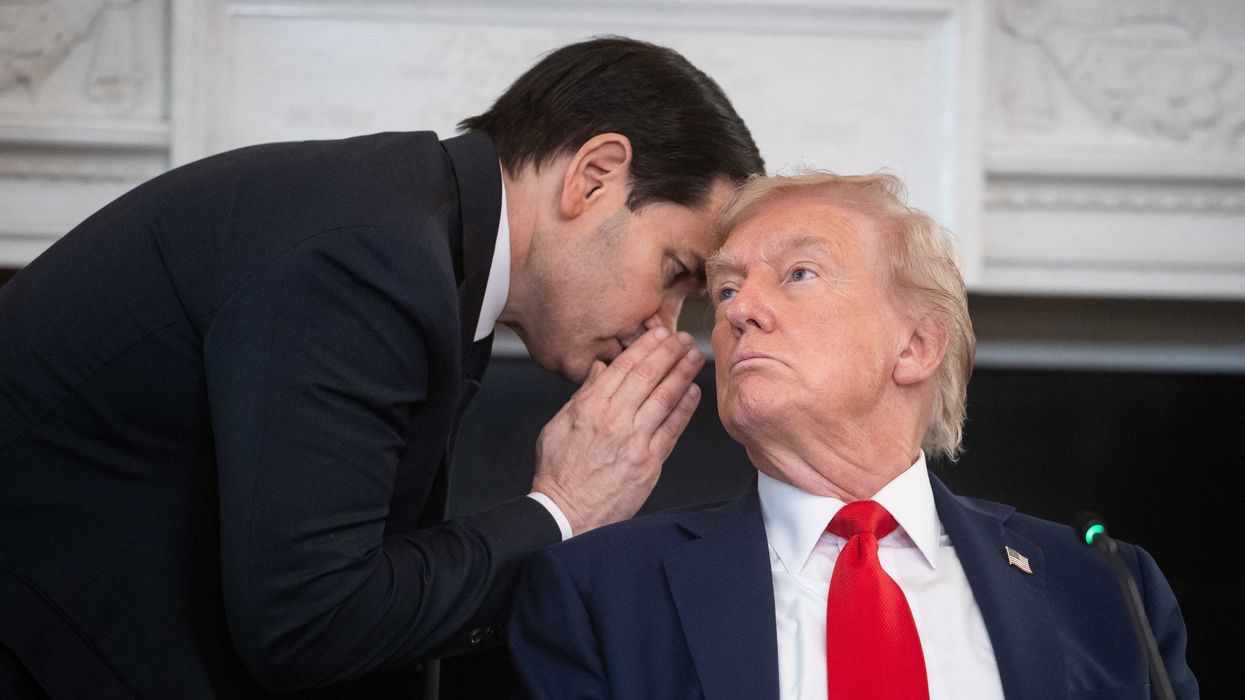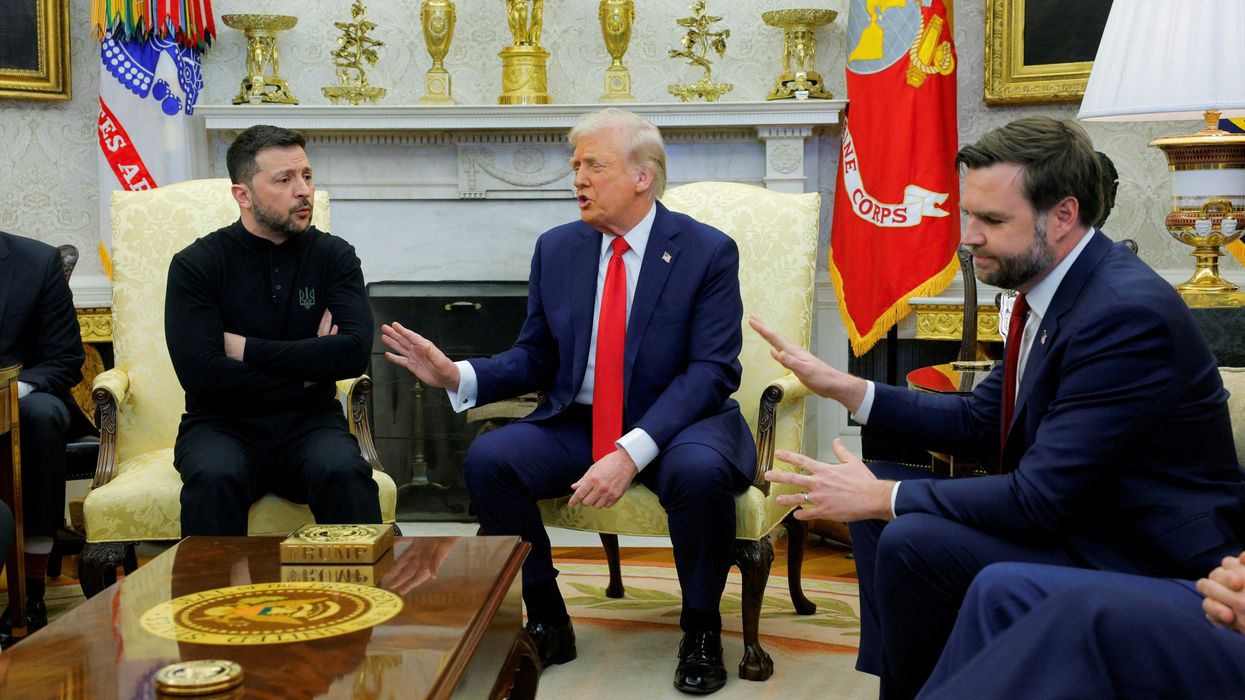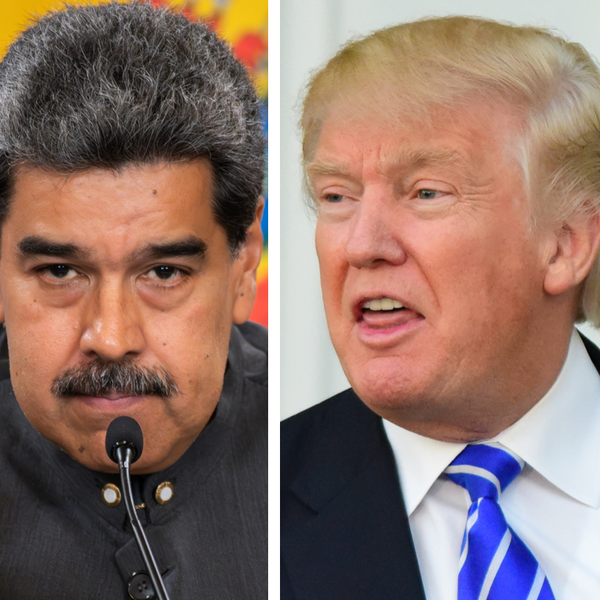Washington’s foreign policy establishment has a dangerous tendency to dismantle nations it deems adversarial. Now, neoconservative think tanks like the Washington-based Foundation for Defense of Democracies (FDD) and their fellow travelers in the European Parliament are openly promoting the balkanization of Iran — a reckless strategy that would further destabilize the Middle East, trigger catastrophic humanitarian crises, and provoke fierce resistance from both Iranians and U.S. partners.
As Israel and Iran exchanged blows in mid-June, FDD’s Brenda Shaffer argued that Iran’s multi-ethnic makeup was a vulnerability to be exploited. Shaffer has been a vocal advocate for Azerbaijan in mainstream U.S. media, even as she has consistently failed to disclose her ties to Azerbaijan’s state oil company, SOCAR. For years, she has pushed for Iran’s fragmentation along ethnic lines, akin to the former Yugoslavia’s collapse. She has focused much of that effort on promoting the secession of Iranian Azerbaijan, where Azeris form Iran’s largest non-Persian group.
Shaffer’s views align with a recent Jerusalem Post editorial which, amid the euphoria of Israel’s initial strikes in this month’s war against Iran, called on President Trump to openly embrace Iran’s dismemberment. Specifically, it urged a “Middle East coalition for Iran’s partition” and “security guarantees to Sunni, Kurdish and Balochi minority regions willing to break away.” The same outlet is on the record calling for Israel and the U.S. to support the secession from Iran of what it calls “‘South Azerbaijan,” (meaning the Azeri-majority regions in northwestern Iran).
Meanwhile, the foreign affairs spokeswoman for a centrist liberal group in the European Parliament convened a meeting on the “future of Iran,” ostensibly to discuss the prospects for a “successful” revolt against the Islamic Republic. The fact that the only two Iranian speakers were ethnic separatists from Iran’s Azerbaijan and Ahwaz regions made clear her agenda. Since the European Parliament unilaterally cut all relations with Iran’s official bodies in 2022, it has become a playground for assorted radical exiled opposition groups, such as monarchists, the cultish MEK (Mojaheddeen-e Khalk), and ethnic separatists.
Yet Iran is not some fragile patchwork state on the verge of collapse. It is a 90-million-strong nation with a deep sense of historical and cultural identity. While proponents of balkanization love to fixate on Iran’s ethnic diversity — Azeris, Kurds, Baloch, Arabs — they consistently underestimate the unifying force of Iranian nationalism. As the scholar Shervin Malekzadeh noted recently in the Los Angeles Times, “There is a robust consensus among scholars that politics in Iran begins with the idea of Iran as a people with a continuous and unbroken history, a nation that ‘looms out of an immemorial past.’ Nationalism provides the broad political arena in which different groups and ideologies in Iran compete for power and authority, whether monarchist, Islamist or leftist.”
Decades of foreign pressure, from sanctions to covert operations to war, have only reinforced this cohesion. The idea that stirring separatist sentiment will fracture Iran is a dangerous fantasy — one that deliberately overlooks how schemes hatched, in major part, by pro-Israel neoconservatives, have backfired in Iraq and Syria leaving chaos in their wake.
Such a strategy also exposes its proponents’ deep ignorance of the realities on the ground. Shaffer, the champion of Azerbaijani irredentism, has gone so far as to cheer Israeli airstrikes on Tabriz, the cultural and economic heart of Iranian Azerbaijan.
This approach is not only morally grotesque; it is based on a profound misunderstanding of Iran’s internal dynamics. Shaffer and her ilk expect that external pressure on Tehran would lead to an Azeri (and other minorities’) uprising against Tehran. Instead, like the rest of Iran, Israel’s recent attack triggered a rally-around-the-flag effect, because Iranian Azerbaijanis are deeply integrated into the national fabric: both the highest officials in the country — the Supreme Leader Ayatollah Ali Khamenei and President Massoud Pezeshkian — are of Azeri ethnicity.
A month ago, I walked the streets of Tabriz, a city steeped in Iranian history and identity. Far from being a hotbed of secessionism, Tabriz is living testament to Iran’s enduring unity. The Azerbaijan Museum proudly displays artifacts from millennia of Iranian civilization, while the Constitution House commemorates Tabriz’s pivotal role in Iran’s 1906 Constitutional Revolution — a movement that shaped modern Iranian nationalism and continues to inspire democratic forces and civil society across the country.
The idea that Tabriz — or any major Azeri-majority city in Iran — would rise up in revolt at the behest of Washington or Jerusalem is a pipe dream. Iranian Azerbaijanis are not some oppressed minority waiting for liberation; they have thrived in Iran. Most critical Azeri activists in Iran frame their demands in terms of cultural rights, not independence.
Admittedly, local grievances may be more pronounced in the Kurdish and Baloch regions, particularly in the latter – remote, poor and Sunni. But even here, there is no evidence of strong popular support for secession. Besides, trying to capitalize on whatever disaffection may exist would put the U.S. on a collision course with its allies and partners in the region.
Turkey, a key NATO ally, will never tolerate U.S. support for Kurdish separatism in Iran, given its own decades-long struggle with the Kurdish Workers’ Party (PKK). The PKK’s Iran affiliate – PJAK (the Party of the Free Life of Kurdistan) has welcomed Israel’s attacks on Iran.
Similarly, Pakistan, already facing its own Baloch insurgency, will see Western meddling in Iranian Balochistan as a direct threat to its territorial integrity. Alienating these allies in pursuit of an unworkable regime-change gambit would constitute foreign policy malpractice.
Russia and China have long argued that Washington seeks to dismember its adversaries — from Yugoslavia to Iraq. Any push to balkanize Iran will validate their darkest suspicions, hardening their own domestic crackdowns against minorities, and accelerating their efforts to build an anti-Western coalition.
India, a country avidly courted as an ally by Washington, would similarly reject such policies as they would undermine New Delhi’s strategic trade and logistics projects, such as the development of the Chabahar port in Iran, India’s entry point to Afghanistan and Central Asia that bypasses Pakistan.
If Washington and its European enablers push for Iran’s disintegration, the consequences will also be felt acutely in Europe. A destabilized Iran would unleash a migration crisis dwarfing the 2015 Syrian refugee wave. It could also create fertile ground for terrorist groups — including the Islamic State. One of its franchises. ISIS-Khorasan, has already been active in Iran, including suicide bombings last year in Kerman. Add to that the inevitable energy shocks if Iran moves to blockade the Strait of Hormuz, and Europe will face a self-inflicted disaster.
The architects of this approach — hawks at FDD and their European and Israeli fellow travelers — are playing with fire. Attempts to fracture Iran will backfire spectacularly, unleashing chaos that will spill far beyond its borders.
Instead of indulging in fragmentation fantasies, the West should pursue pragmatic engagement. The alternative is likely another forever war — one that neither America nor Europe can afford.
- Déjà coup: Iran war activates regime change dead-enders ›
- If Iranian regime collapses or is toppled, 'what's next?' ›
- Israel's war on Iran broke the nuclear non-proliferation treaty | Responsible Statecraft ›
- What the West misunderstands about Iran | Responsible Statecraft ›
















